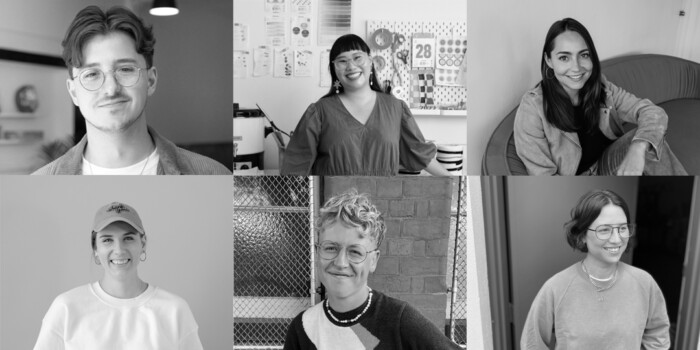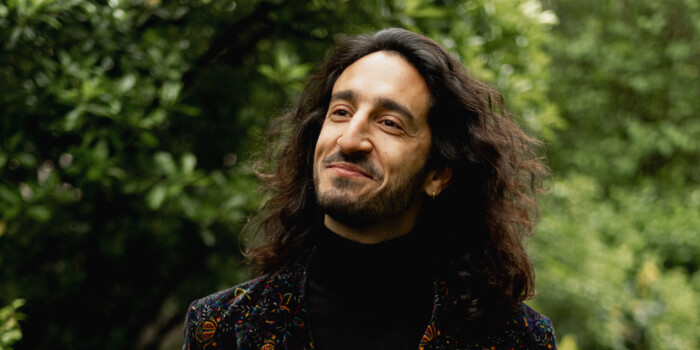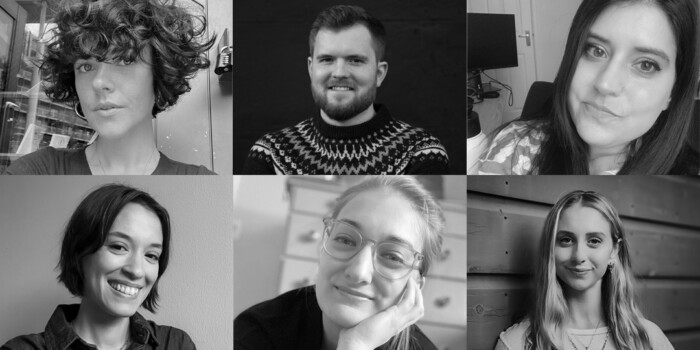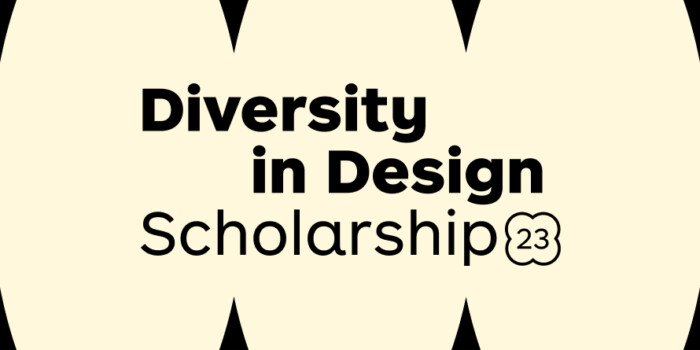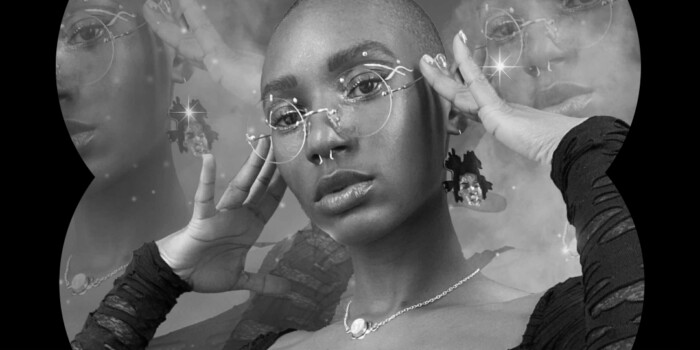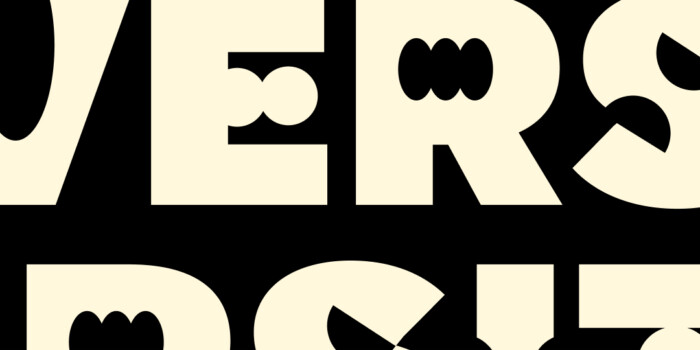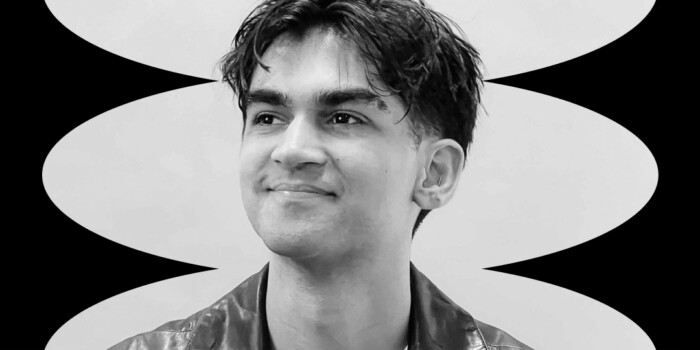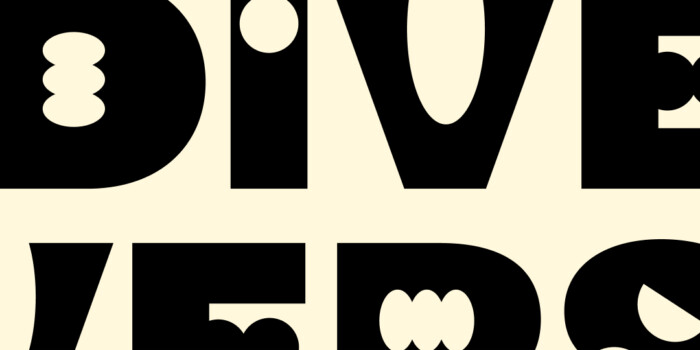Design Case Study: JKR Global on Marble by UNICEF
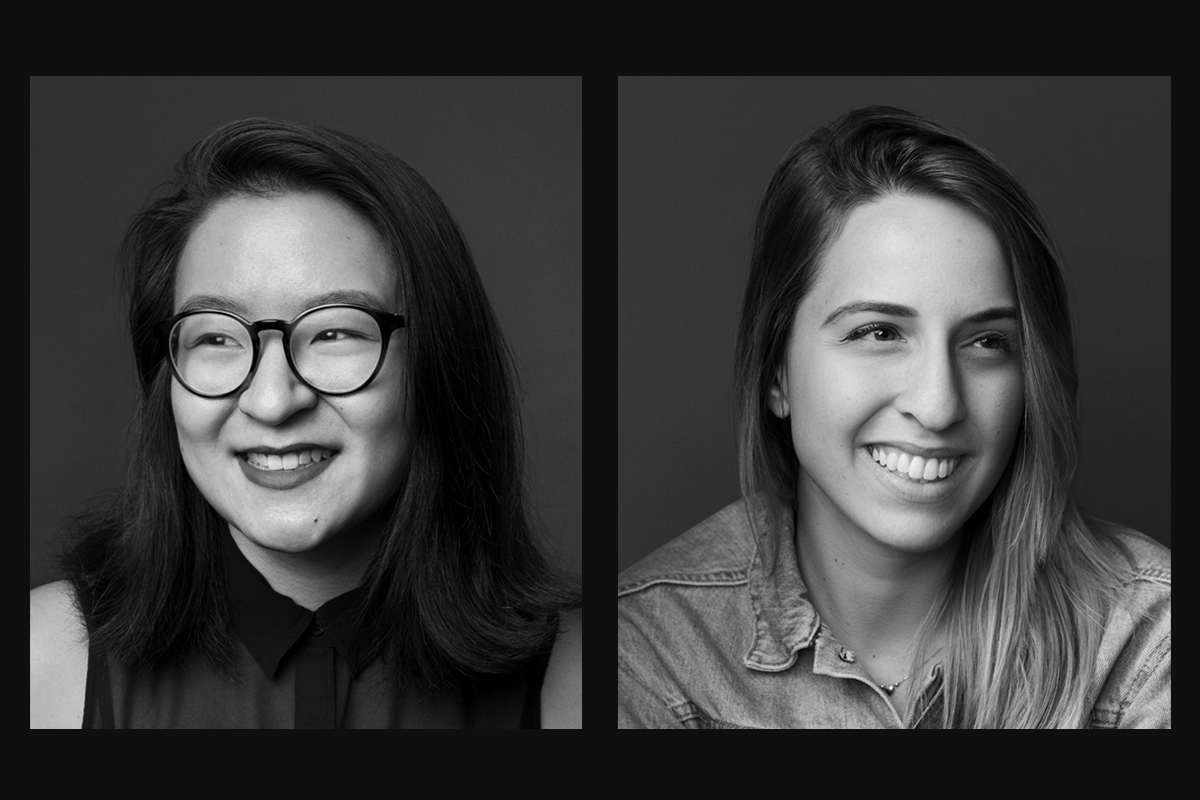
JKR Global is a creative agency based in New York, London and Shanghai with design teams working on international brands, including philanthropic work that JKR Foundation produces. We had the pleasure of inviting the designers Esther Li and Courtney Perets for a guest lecture to talk to our students about their work and take us through a case study on the social good project for UNICEF called Marble. They were approached by the team to help them reach their target audience of inviting more collaborators—all with the ultimate goal of improving the lives of children. Using the analogy of big data as a maze of information, the project was inspired by the children’s marble toy to illustrate the flow of complex data in a way that is clear and understandable.
We caught up with Esther and Courtney after the lecture to discuss all aspects of bringing this project to life—from the brief to the brand identity, including a custom typeface “Maze Sans”. Read on to learn more about this inspiring and impactful project for UNICEF.
Can you tell us about JKR Global and the type of work the agency creates?
Esther Li (EL): JKR is a design-led creative agency. We have 3 offices around the world—New York, London, and Shanghai. Courtney and I are based in the New York office which is about 75 people working out of the Financial District (once we’re done working from home that is!). We work with national and international brands, working with our clients collaboratively to build for scale, disruption and growth. We also have a philanthropic arm of the business, JKR Foundation, which is devoted to purpose-driven pro bono work for clients like UNICEF.
As part of JKR’s pro bono work, the agency works with brands, non-profits and social enterprises to harness creativity for positive impact. You were approached by UNICEF on the Marble project to help them reach their target audience more effectively. Can you tell us more about what they do and the reason they reached out to JKR?
EL: At the heart of their approach was collaboration—bringing people together to translate, visualize and communicate data creatively is so powerful, allowing us to transform sheets of numbers into actual pathways for positive change for children that were otherwise unimaginable.
Marble reached out to us to help them create an identity that would clearly communicate this approach and to reach as many potential partners as possible.
They had already done a few projects with various data collaboratives at the time they reached out so we were really working to help them attract even more possible collaborators.
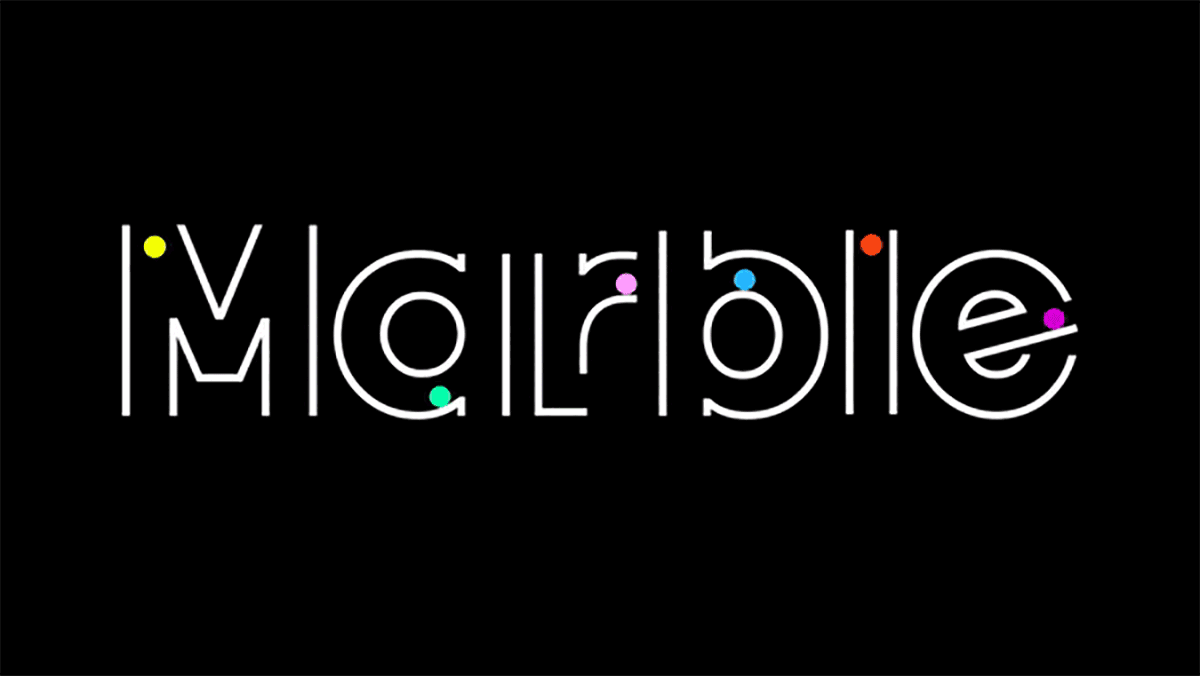
What was the brief for Marble and what steps did the design team take to elevate their brand identity and content?
EL: Our brief was to create an identity that could attract tech companies to donate big data but also clearly showcase that we were working to tackle the world’s most challenging problems affecting children.
The identity had to visually communicate trustworthy technology and our mission of helping children.
How did your team approach this project from realizing the brand strategy to the identity and execution?
EL: UNICEF’s platform straddles the complex, scientific and often cold nature of data analysis, with the emotion and warmth of helping children’s lives. We wanted the Marble brand to have the same duality.
To do this, we looked to gather inspiration offline, searching for experiences and inspiration that captured the technical side of math and data in a human way. We first went to the Museum of Math in New York City. They use interactive exhibits to explain complex mathematical theories. Overall, we ended up having so much fun while learning at the same time. We also looked to data scientists and visualizers like Mona Chalabi and Giorgia Lupi. They both work with data but make it impactful and emotional.
After the inspiration and research phase, we started designing. Every designer on this project had a unique experience growing up with marbles and we used that to inform our explorations. One designer coated marbles in ink and created trails on paper. This led to these beautiful pathways where you could see the momentum of the marble visually represented. Another designer played with construction paper, a tool they used many times growing up, and created data collages from ripped pages. A lot of us also thought back to those tabletop marble maze games where you had to navigate the marble through a maze and avoid the pitfalls. This ultimately led to the visual system for Marble.
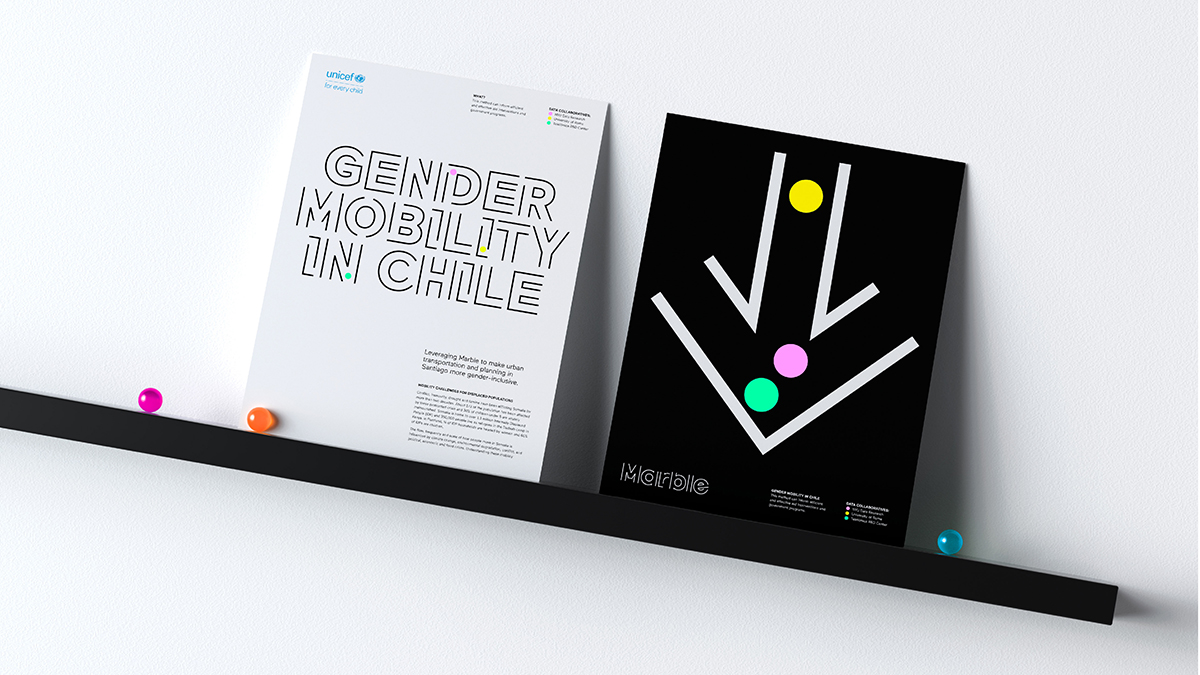
The custom Maze Sans typeface you created for the project is stunning! We love how inspiration was taken from children’s marble maze games and the maze-like pathways. It perfectly articulates the journey of data in a playful and accessible way, showing how pathways link information together. Can you walk us through the process of designing the typeface from start to finish and any collaborators along the way?
EL: For our first presentation, we actually customized the typeface, Frankfurter, into the pathway maze typeface.
Frankfurter is super playful and quirky and we thought that was a nice way to add a little bit of that humanity to the maze.
As the rounds progressed, we refined the maze letters, ultimately landing on a customized maze version of Maax. We also went in and added 3 “weights” of complexity for the maze letterforms. To do this, we drew various possible connections and mazes for each letter in the alphabet and would review and refine until we had 3 weights for each letter that felt as though they increased in difficulty.
Once all the letterforms and punctuation were finalized, JKR partnered with 20TF to bring this font to life, allowing us and UNICEF to design with our typeface.
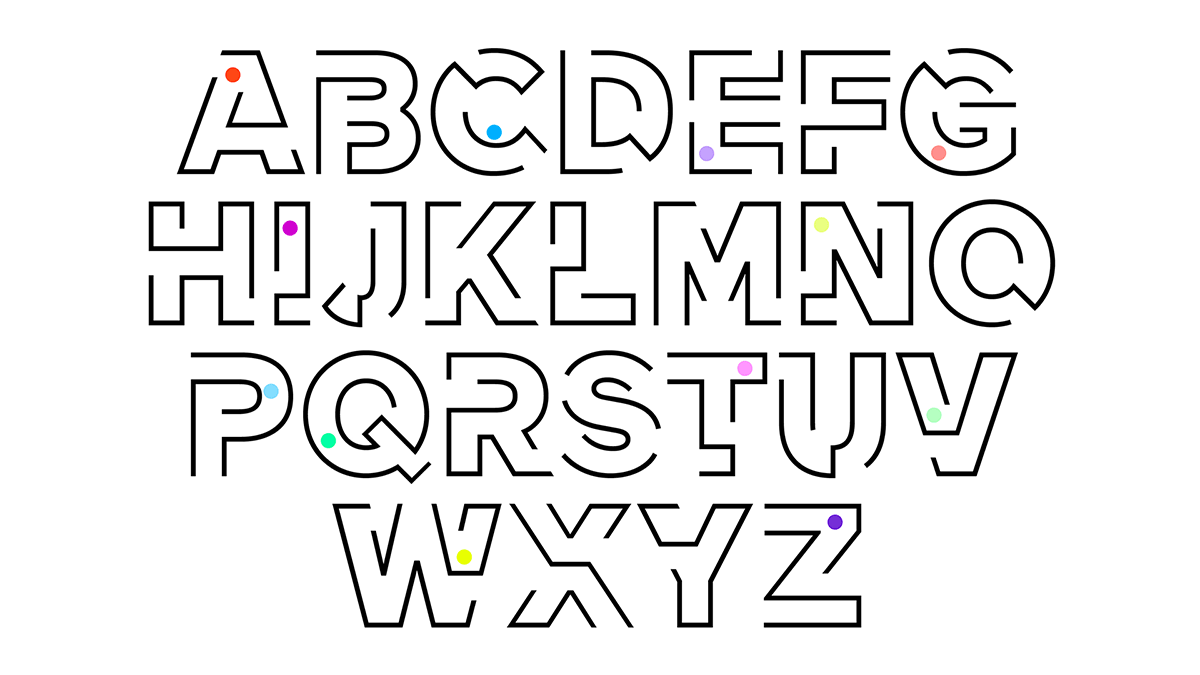
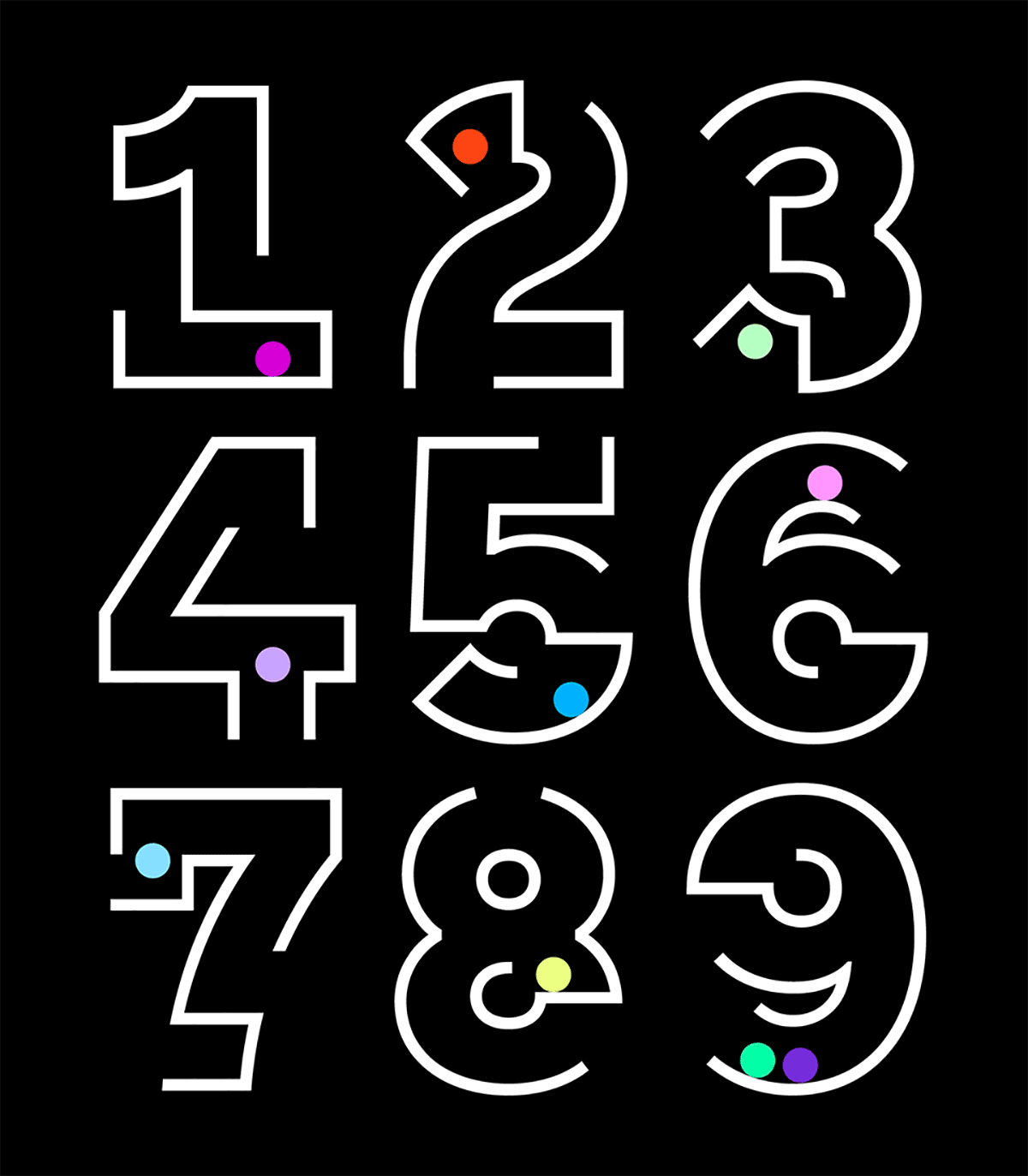
Adding a “motion” component to the marbles within the letters adds a dynamic layer to the brand identity that draws people in. How did you come up with this idea?
EL: UNICEF always described their work as “navigating pathways” to find solutions for children. We knew we had the maze, or pathway, with our logotype and typeface, but how could we show the act of navigating through? Motion quickly became the obvious tool to help us showcase this. Also, as we think back to our initial inspiration of the marble maze toy, motion is essential to those games and experiences.
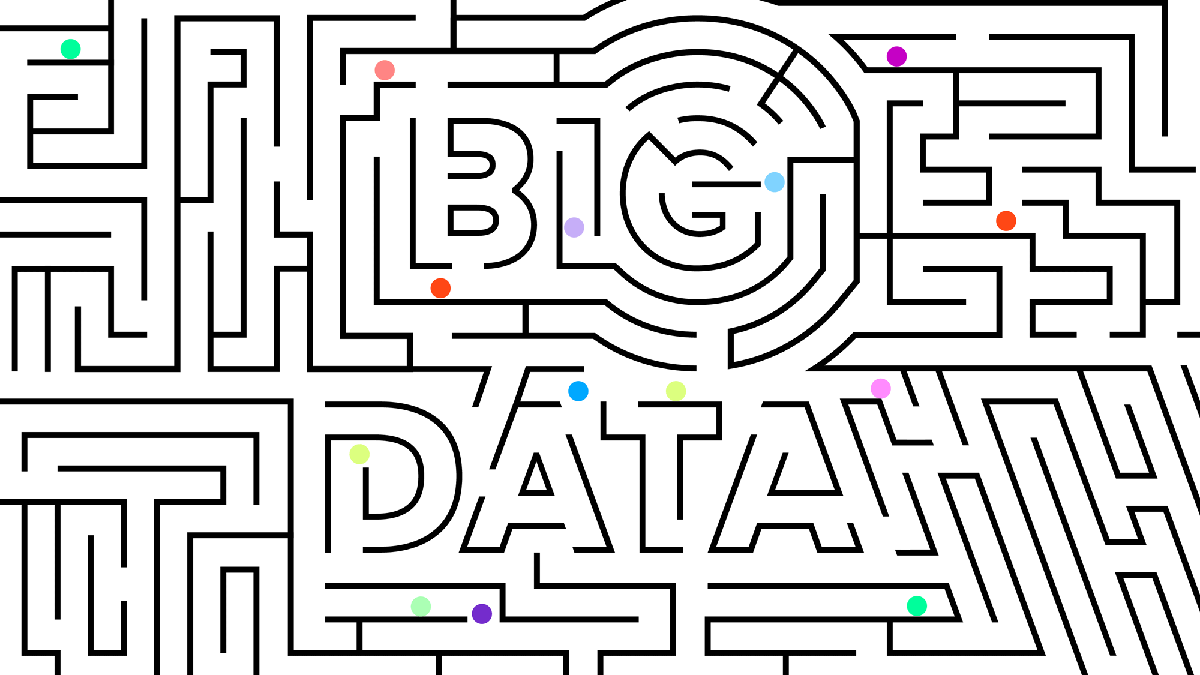 For the website design, Courtney stressed the importance of the website having clear navigation. She spoke about the steps taken from strategy to design and content, along with the flow of information. The end result was a website that has clear navigation and an accordion-style scrolling that really engages the user to dive in. Can you elaborate on the steps from start to finish working with various teams to design and build a new website for Marble?
For the website design, Courtney stressed the importance of the website having clear navigation. She spoke about the steps taken from strategy to design and content, along with the flow of information. The end result was a website that has clear navigation and an accordion-style scrolling that really engages the user to dive in. Can you elaborate on the steps from start to finish working with various teams to design and build a new website for Marble?
Courtney Perets (CP): The first thing we did was enlist the help of Alright Studio to develop Marble’s website. We knew that creating something engaging and memorable was critical to getting more partners engaged with Marble’s mission. The full team (developers, designers and client) work together to establish the scope of work—creating a sitemap and thinking through any heavier development asks. In this case, we knew we wanted a fun game Easter egg moment on the website that tied into the brand identity maze concept.
Then begins the delicate dance of everyone working simultaneously. Designers styling layouts with faux-ish content, clients helping provide said content and developers working on the backend site structure. Collaboration is vital. The process reminds me of watching the horse race game at the fair—one party moves ahead in their process while the other is still a little behind. We check-in, re-align and move forward accordingly. Eventually, we make it to the end together and nothing is as fun as opening that first live link!
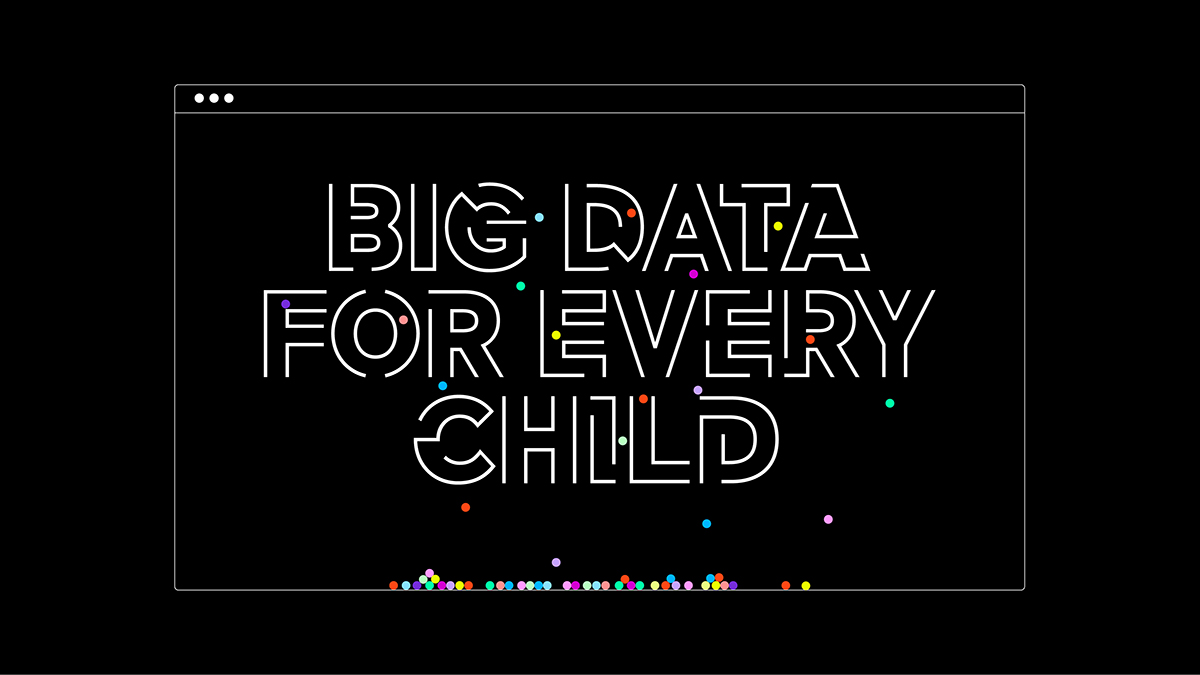
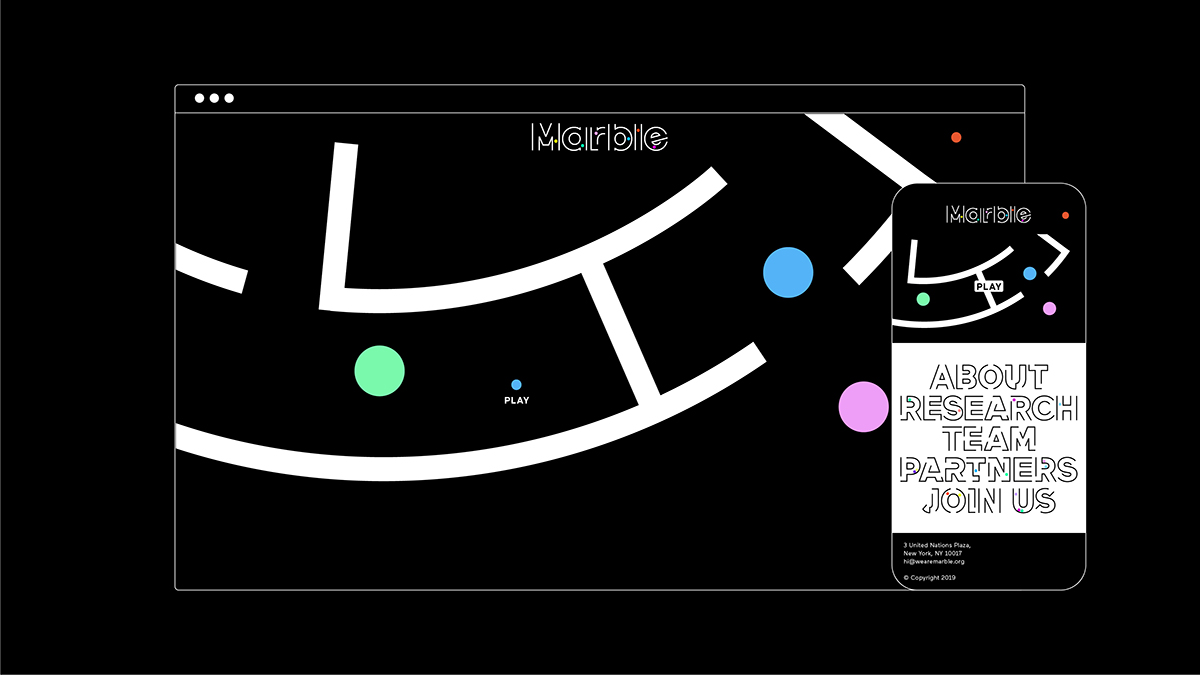
Looking at other competitors in the NGO space, after the re-design, Marble really succeeds in standing out from other brands. Esther mentioned that a brand needs to “be the peacock amongst the pigeons” and this is so spot on! What methods can you suggest for designers to help them with their creative process when taking on a new project?
CP: It’s good to form a basis on what’s going on in the industry through a competitive audit. What trends are other brands following and how can we pull apart from that? Look into other industries (fashion, etc.) for inspiration. When pulling inspiration or mood board imagery, it’s helpful for you and the client to set the tone and start establishing the visual direction.
The most interesting work comes from unique mash-ups.
EL: Totally agree with Courtney. A thorough audit and strategic analysis of current competitors, as well as aspirational competitors, is super important for us before any design work begins. The other thing I recommend to designers is to get off the computer.
Look for inspiration in other places outside of the blogs and design sites that you typically go to.
What can happen when you only refer to design inspiration is that your work can start to lose sight of what strategic challenge you’re trying to solve and slip into following trends. This will lead to your work ultimately blending in with all those projects you see online instead of standing out!
Are there any tips you can suggest to designers who are just starting out on their new career journey?
CP: Volunteer your time to work on other things you see happening around the studio that you are excited about. Do freelance projects that allow you to push your own style so you’re not relying on your job to provide all of the opportunities you’d like to have. Enthusiasm is key! If you can be excited about designing something like a dog scarf for Dunkin’, it’ll make the people above you excited, too.
EL: Courtney said it really well—take in all the experiences you can. Sometimes, the “boring” things can become really interesting and ultimately a super helpful learning experience for your career. Try as many different things as possible so that you can 1) start to get a sense of the specific things you are interested in and also 2) even if you find you aren’t interested, you’ll have learned something regardless. Lastly, be a nice human!
Be empathetic and open to collaboration and learning, those qualities will spill into the work and help you create even stronger designs.
Lastly, in the talk, you mentioned that the JKR Summer Internship 2021 program launched which will be fully remote and open for applications. It’s a paid opportunity that will pair interns with a mentor, which is a wonderful way to learn and grow as a designer. Can you share more details on this opportunity and how designers can apply?
Yes! I’m super excited about this internship program and we’re really excited to partner with Shillington. We’re looking to create an internship experience that is truly for the intern—preparing designers for a career in the industry. The internship will kick off Summer 2021 and is currently planned for 10 weeks, remote (or in-person pending pandemic updates!)
Throughout the internship, the intern will have mentors assigned to them and they will experience every stage of a real client project. They’ll also end the internship with a self-driven “Intern Project”. Overall, this is an opportunity to build your portfolio, experience the day-to-day of a design agency, and also begin to build a network of mentors in the industry.
To apply, email a portfolio and resume to nikkiascher@jkrglobal.com.
Big thanks to JKR Global for the incredibly inspiring lecture and for talking to us afterward. Make sure to give them a follow on Instagram and check out the JKR Global website to see what new projects they’ve worked on. You can reach out to Esther Li and Courtney Perets on Instagram too.
We’ve hosted some of the world’s top creatives, design studios and advertising agencies at Shillington. Check out more interviews from past guest lectures.
Want to win some amazing prizes and stay in the loop with all things Shillington? Sign up to our newsletter to automatically go in the draw.
